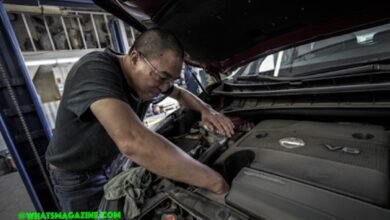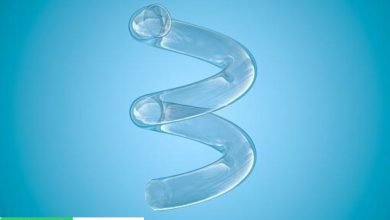As a chef, you know that working in the kitchen can be a demanding and intense job. From managing multiple dishes simultaneously to ensuring that each dish is cooked to perfection, the kitchen is a fast-paced environment that requires your undivided attention. However, have you ever stopped to think about the importance of your chef jacket? Believe it or not, your uniform plays a significant role in your performance and the overall success of your kitchen. In this article, we’ll discuss the importance of quality chef jackets in the kitchen and why investing in them is crucial for every chef.
In this article
Uniforms for Chefs: More than Just a Dress Code
Uniforms for chefs are essential for chefs. Not only do they protect your clothes from spills, stains, and burns, but they also serve as a symbol of professionalism and authority in the kitchen. Chef jackets are designed to be functional and practical, with features such as double-breasted fronts, heat-resistant fabrics, and convenient pockets for storing tools and utensils. Additionally, they are often made of high-quality materials that can withstand the wear and tear of a busy kitchen.
Quality Chef Jackets: The Key to Comfort and Safety
Wearing a high-quality chef jacket is not only about looking good; it’s also about comfort and safety. A well-made chef jacket should provide adequate ventilation and allow for a full range of motion. It should fit snugly without being too tight or too loose. This will not only keep you comfortable throughout your shift but also help you avoid accidents and injuries in the kitchen.
Chef jackets are designed to provide protection against the many hazards found in the kitchen, such as hot surfaces, sharp knives, and boiling liquids. A quality chef jacket made from heat-resistant materials can protect you from burns and scalds, while a double-breasted front can help shield you from splatters and spills. In this way, a high-quality chef jacket is an investment in your safety and well-being.
Choosing the Right Chef Jacket
When it comes to selecting the right chef jacket, there are a few key factors to consider.
- First and foremost, you want to choose a jacket that is made from high-quality materials that will hold up to the demands of the kitchen. Look for jackets made from durable, breathable fabrics like cotton or polyester blends.
- Next, you’ll want to consider the style of the jacket. Chef jackets come in a range of styles, from classic double-breasted designs to modern zip-up styles. Think about the type of cuisine you’ll be preparing and the image you want to project, and choose a style that fits your needs.
- Finally, consider the fit of the jacket. A well-fitting chef jacket should be comfortable and allow for a full range of motion, without being too loose or too tight. Look for jackets that offer a variety of sizes and adjustable features like buttons or snaps to ensure a perfect fit.
Why Investing in Quality Chef Jackets is Crucial
When it comes to chef jackets, not all are created equal. Investing in high-quality chef jackets is crucial for several reasons. First, a well-made jacket will last longer, which means you won’t have to replace it as often. This is not only cost-effective but also reduces the environmental impact of constantly buying new uniforms. The high heat, sharp knives, and potential for spills and splatters in a kitchen mean that you need a jacket that can protect you from burns, cuts, and stains. A well-made chef jacket is typically made from sturdy, durable materials that can withstand the rigors of the kitchen.
Second, a quality chef jacket will enhance your professional image and the overall atmosphere of your kitchen. When your staff is dressed in clean, well-fitted, and well-made uniforms, it creates a sense of pride and professionalism that customers notice. This, in turn, can lead to higher customer satisfaction and increased business. A clean, crisp chef jacket not only looks good but can also boost your confidence and help you feel more professional and competent.
Lastly, investing in quality chef jackets is a way to show your staff that you care about their comfort and safety. By providing them with high-quality uniforms, you demonstrate that you value their contributions and want to provide them with the best tools for their job. A poorly designed or ill-fitting chef jacket can be uncomfortable, which can be distracting and even dangerous in a fast-paced kitchen. Look for jackets that are made with breathable, moisture-wicking materials that will keep you cool and comfortable throughout your shift.
Conclusion
In summary, a quality chef jacket is an essential component of any chef’s uniform. It provides safety, professionalism, and comfort, allowing you to perform at your best in a fast-paced, high-pressure kitchen environment. When selecting a chef jacket, be sure to choose a high-quality, durable material, select a style that fits your needs, and ensure a comfortable, secure fit. With the right chef jacket, you’ll be ready to tackle any culinary challenge that comes your way.











